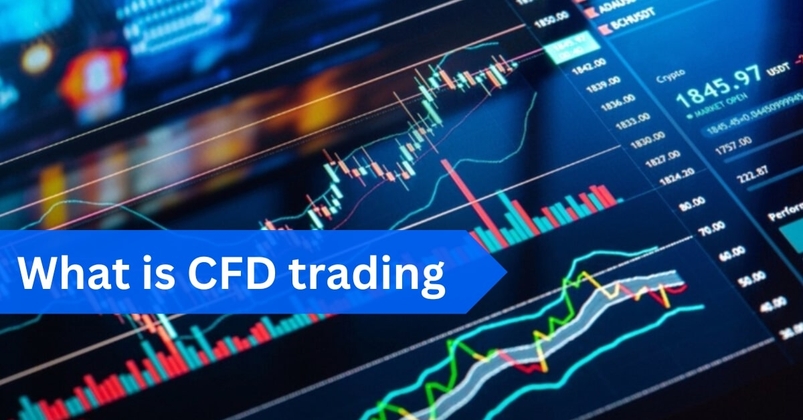- English
- Italiano
- Español
- Français
Analysis
At the core of this process should be a strong consideration to changes in movement and volatility and one’s approach to managing risk should be dynamic to these changes.
Hedging flows from hedge and pension funds and option market makers, amid reduced liquidity, exaggerate this movement and the flows can’t easily be tracked by retail traders. These are the moves we trade.
Just as critical to managing risk – the distance to the stop loss, time in the market, and our ability to react to signal (and not noise) – is achieving correct position sizing. The sizing of positions always needs to be viewed relative to the size of the account, but also to the degree of risk we take in every position.
While the strategy and timeframe we employ will dictate, if there’s increased directional movement and trading range one’s stop loss should typically be pulled further from entry, which increases the capital at risk - subsequently the position sizing should be reduced. Conversely, if volatility falls then we can typically run a tighter stop and increase the position size.
As the classic Mike Tyson saying goes “everyone has a plan until they get punched in the face”, well that punch is coming directly from the current market movement and as we see now it's extreme.
European equity volatility (vol) has ramped up and the word ‘bear market” is being used more liberally - traders question the impact a rising ‘stagflation’ environment will have on EU corporate earnings, while the market runs the ruler on EU bank exposure to Russia.
US equity indices have generally seen one-way selling, notably in tech, where we can see the NAS100 10-day average high-low range at 3.6% - the highest levels we’ve seen since March 2020. Obviously, energy has been the exception to the rule, but with such a small weighting on the overall index, energy cannot save the broader index.
However, whether we’re looking at implied (the ‘VIX index’ for example), realised (such as Bollinger or Keltner Bands or standard deviation), or classic range indicators (such as Average True Range or ‘ATR’) they are at the highest level since 2020, many four standard deviations of their long-term average. SpotCrude for example has seen daily ranges of 13%. Wheat you can’t even get a trade on as it opens limit up each trading session.
So many traders, especially those running a discretionary process, crave volatility but when it comes it can be too extreme and they fail to adjust to the movement – keeping their risk and position size unchanged. Luck can only get you so far before the market takes its pound of flesh.
Another factor is that classic technical reads fail to produce the signals their models had offered in lower volatility times. What can be oversold can stay oversold for some time especially when we’re pricing events with limited case studies – shorting XAUUSD because the 9-day RSI reached 78 has been a poor strategy for swing traders and as we’ve seen in equity indices, EURAUD and so many commodities, the clear strategy in this backdrop has been momentum and trend, over mean reversion.
When underlying market liquidity is poor and the market thinks and acts as one buying strength and selling weakness can increase survivorship.
In some cases when vol is this high and headlines drive having no position can be a position in itself, especially when you can’t be in front of the screens to react. Being able to react is often far more profitable than prophesying – knowing when to hold and when to fold and having an open mind is key - never fall in love with a view.
The fact is we’re in an incredibly uncertain environment, with the market trying to price risk and finding clarity lacking. We’re looking for a circuit breaker on geopolitical tensions and not knowing what to believe. We ask if the Fed comes to the markets rescue and clearly, this time is different, the Fed doesn't have the markets back. We see signs of a food crisis in emerging markets and ask how much higher wheat can trade.
Until we see signs of clarity here volatility is the name of the game and traders need to adapt accordingly.
Related articles
Ready to trade?
It's quick and easy to get started. Apply in minutes with our simple application process.
The material provided here has not been prepared in accordance with legal requirements designed to promote the independence of investment research and as such is considered to be a marketing communication. Whilst it is not subject to any prohibition on dealing ahead of the dissemination of investment research we will not seek to take any advantage before providing it to our clients.
Pepperstone doesn’t represent that the material provided here is accurate, current or complete, and therefore shouldn’t be relied upon as such. The information, whether from a third party or not, isn’t to be considered as a recommendation; or an offer to buy or sell; or the solicitation of an offer to buy or sell any security, financial product or instrument; or to participate in any particular trading strategy. It does not take into account readers’ financial situation or investment objectives. We advise any readers of this content to seek their own advice. Without the approval of Pepperstone, reproduction or redistribution of this information isn’t permitted.


